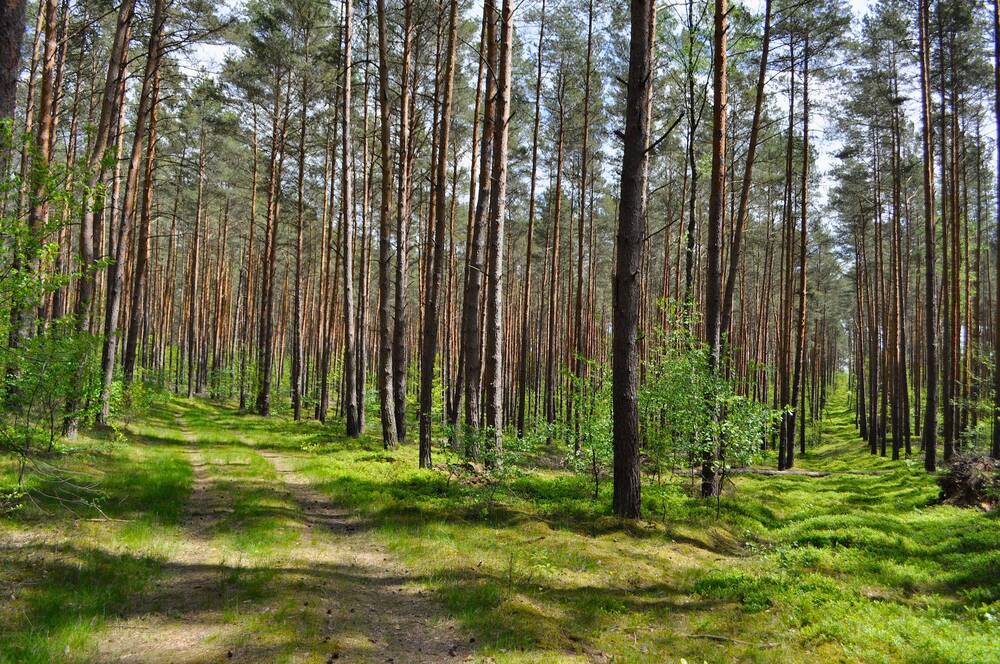Understanding the different approaches to habitat management is crucial for maintaining healthy and diverse ecosystems. Habitat creation, enhancement, and restoration each have their own unique goals and methods, but they all share the common objective of promoting biodiversity and ecosystem health.
The Importance of Habitat Conservation
Habitat conservation is the practice of protecting and preserving natural habitats and the plant and animal species that depend on them. It is a critical component of environmental conservation efforts, as habitats support a wide range of plant and animal species, contributing to the biodiversity of the planet. Biodiversity is essential for maintaining healthy ecosystems and ensuring the provision of essential ecosystem services, such as air and water purification, pollination, and nutrient cycling.

What is Habitat Creation?
Habitat creation is a proactive approach to habitat management that involves establishing new habitats in areas where they did not previously exist. This approach is often necessary in areas that have been heavily altered by human activity, such as urban areas, farmlands, and former industrial sites. Habitat creation can involve a variety of techniques, such as planting native vegetation, creating wetlands, or installing artificial structures like birdhouses or bat boxes. The goal of habitat creation is to provide new habitats that can support a variety of species and contribute to the overall health of the ecosystem.
For example, a city park may be created in an area that was previously a parking lot or other developed space. By planting native trees, shrubs, and flowers, and creating ponds or other water features, the park can provide new habitat for birds, insects, and other wildlife that may not have had a suitable habitat in the surrounding urban landscape.
What is Habitat Enhancement?
Habitat enhancement is a strategy for improving existing habitats to make them more suitable for specific species or groups of species. This approach is often necessary in areas where habitat quality has degraded due to factors such as pollution, habitat fragmentation, or invasive species. Habitat enhancement techniques aim to restore and improve habitat quality, making it more conducive to supporting a diverse array of species.
For example, a wetland that has been impacted by pollution may be restored by removing contaminants and replanting native vegetation. This can improve water quality and provide new habitat for wetland-dependent species like frogs, turtles, and waterfowl.
What is Habitat Restoration?
Habitat restoration is a reactive approach to habitat management that involves returning a degraded or destroyed habitat to its original, or near-original, condition. This approach is often necessary in areas that have suffered from severe habitat loss or degradation due to factors such as deforestation, overgrazing, or mining. Restoration efforts aim to rebuild natural habitats and restore ecosystem functionality.
For example, a forest that has been clear-cut may be restored by replanting native trees and shrubs, removing invasive species, and allowing natural processes like fire and flooding to occur. Over time, the restored forest can provide habitat for a variety of wildlife species, including birds, mammals, and insects.
Overall, habitat creation, enhancement, and restoration are all important tools for managing and protecting our natural resources. By understanding the goals and methods of each approach, we can work to promote healthy and diverse ecosystems for generations to come.
Differences Between Habitat Creation, Habitat Enhancement and Habitat Restoration
Habitat conservation is essential for maintaining the biodiversity of the planet and ensuring the functioning of ecosystems. However, conservation efforts can come in different forms, with habitat creation, enhancement, and restoration being among the most common approaches. Understanding the differences between these methods can help conservationists determine which approach is best suited for their goals and available resources.
Biodiversity and Ecosystem Services
Healthy habitats support a diverse range of species, from tiny insects to large predators. Each species plays a unique role in the ecosystem, and the loss of even one species can have far-reaching impacts. For example, the extinction of pollinators, such as bees and butterflies, could have devastating consequences for agriculture and food security. Similarly, the loss of keystone species, which play a critical role in maintaining the structure and function of an ecosystem, can lead to the collapse of entire ecosystems.
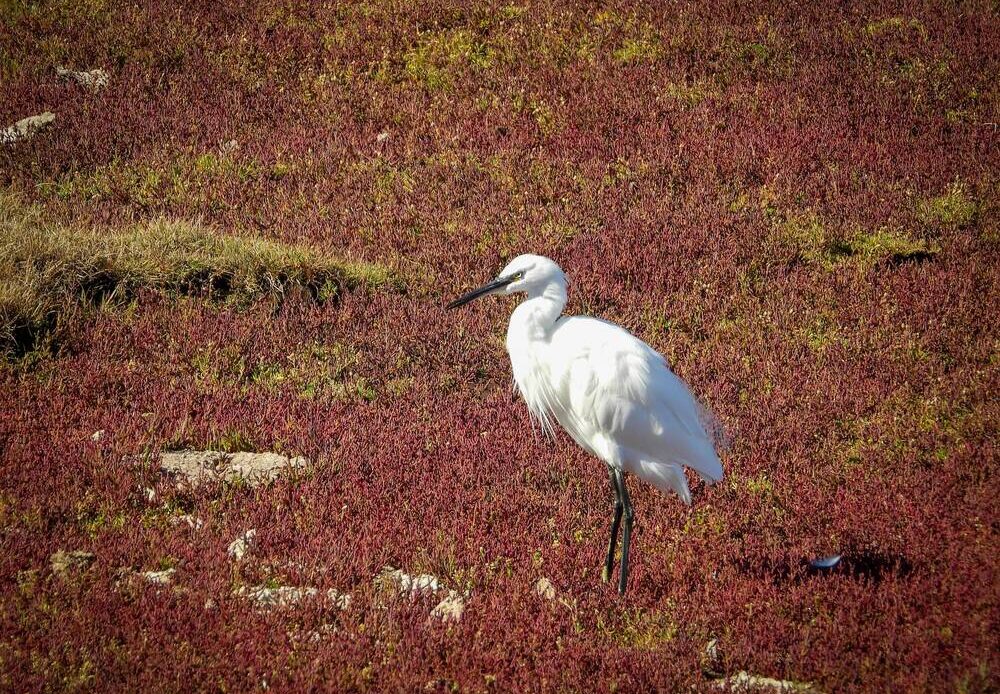
Ecosystem services provided by habitats are essential for human well-being. For example, wetlands act as natural water filters, removing pollutants and excess nutrients from waterways. Forests help regulate the climate by absorbing carbon dioxide from the atmosphere and releasing oxygen. Without these essential services, human health and livelihoods would be at risk.
Threats to Habitats and Species
However, habitats and species are under threat from a wide range of factors, including habitat loss and fragmentation, climate change, invasive species, and pollution. Habitat loss and fragmentation occur when natural habitats are converted for human use, such as agriculture, urbanization, and infrastructure development. This can lead to the loss of critical habitat for many species, making it difficult for them to survive and reproduce.
Climate change is also a significant threat to habitats and species. Rising temperatures, changing precipitation patterns, and sea level rise are altering habitats and disrupting the timing of seasonal events, such as migration and breeding. This can lead to mismatches between species, such as pollinators and the plants they depend on, which can have cascading impacts on the entire ecosystem.
Invasive species are non-native species that are introduced to an ecosystem and can outcompete native species for resources, leading to the decline or extinction of native species. Pollution, such as plastic waste and chemical runoff, can also have harmful impacts on habitats and species, altering the chemistry of waterways and soil and causing harm to wildlife.
Many species are at risk of extinction due to these threats, which can have cascading impacts on the entire ecosystem. Habitat conservation efforts are therefore critical for mitigating these threats and preserving the natural world.
The Role of Conservation in Combating Climate Change
In addition to protecting habitats and species, conservation efforts also play a crucial role in combating climate change. Natural habitats, such as forests and wetlands, serve as carbon sinks, absorbing and storing large amounts of carbon dioxide from the atmosphere. By protecting these habitats and restoring degraded ones, conservation efforts can help reduce greenhouse gas emissions and mitigate the impacts of climate change.
Conservation efforts can also help build resilience to the impacts of climate change. For example, restoring wetlands can help mitigate the impacts of flooding, while restoring forests can help reduce the risk of wildfires and landslides.
Overall, habitat conservation is essential for preserving the natural world and ensuring the provision of essential ecosystem services. By protecting habitats and species, we can maintain biodiversity, mitigate the impacts of climate change, and safeguard human health and livelihoods.
Habitat Creation Examples
Creating and restoring habitats can help to protect and conserve species and ecosystems. There are various techniques that can be used to create habitats, depending on the type of ecosystem and the species that are being targeted. Here are some examples of habitat creation techniques:
Wetlands

Wetlands are among the most productive ecosystems on earth, providing habitat for a wide range of plant and animal species. Wetland creation involves the construction of new wetlands, typically in areas that were previously drained or altered for agricultural or urban development. Wetlands can be created by excavating depressions in the ground and filling them with water, or by diverting water from nearby sources to create a wetland. Wetland creation can provide habitat for a wide range of species, including migratory birds, amphibians, and fish. Wetlands also provide essential ecosystem services, such as water purification and flood control.
One example of wetland creation is the restoration of the Great Dismal Swamp in Virginia and North Carolina. The swamp was drained and logged for timber in the 18th and 19th centuries, but has since been restored to its natural state. The restoration involved the removal of ditches and levees that had been built to drain the swamp, and the creation of new wetland areas. The restored swamp now provides habitat for a variety of species, including black bears, bobcats, and migratory birds.
One of the key features of wetlands is their ability to filter and purify water. Wetlands act as natural water filters, capturing pollutants and sediment that would otherwise harm the surrounding ecosystem. They are also excellent carbon sinks, storing large amounts of carbon in their soil and vegetation. This helps to mitigate the effects of climate change by reducing the amount of carbon dioxide in the atmosphere.
Wetlands also provide important economic benefits. They are a source of food, fiber, and medicine for many communities around the world. In addition, they are popular recreation areas, attracting millions of visitors every year. Visiting a wetland can be a magical experience, with the sound of birdsong and the gentle lapping of water creating a calming atmosphere. It’s a great way to connect with nature and appreciate the beauty of the natural world.
Despite their importance, wetlands are under threat from a variety of human activities. Development, agriculture, and climate change are all contributing to the loss and degradation of wetlands around the world. It’s important that we take action to protect these vital ecosystems and ensure that they continue to provide benefits to both humans and wildlife for generations to come.
Artificial Reefs

Artificial reefs involve the creation of structures, such as sunken ships or concrete blocks, that can serve as habitats for marine organisms. These structures can provide habitat for a variety of species, including fish, crabs, and lobsters. Artificial reefs can be created by intentionally sinking ships or other structures, or by placing concrete blocks or other materials on the ocean floor. Artificial reefs can also provide recreational opportunities for activities such as diving and fishing.
One example of artificial reef creation is the USS Oriskany, a decommissioned aircraft carrier that was intentionally sunk off the coast of Pensacola, Florida in 2006. The ship now serves as an artificial reef, providing habitat for a variety of marine species, including snapper, grouper, and barracuda. The Oriskany has also become a popular dive site, attracting thousands of visitors each year.
Urban Green Spaces

Urban green spaces, such as parks and gardens, can provide habitat for a variety of plant and animal species in densely populated areas. Green spaces can also provide recreational opportunities for urban residents and contribute to the overall health and well-being of these communities. Urban green spaces can be created by converting vacant lots or other underutilized areas into parks or gardens, or by incorporating green roofs or walls into buildings.
One example of urban green space creation is the High Line park in New York City. The High Line is a 1.45-mile-long elevated park built on an abandoned railway line on Manhattan’s West Side. The park features a variety of plant species, including native grasses and wildflowers, and provides habitat for birds and butterflies. The High Line has become a popular destination for tourists and locals alike, and has been credited with spurring economic development in the surrounding area.
Ponds

Ponds are fascinating and diverse ecosystems that can be found in a variety of environments, including woodlands, meadows, and gardens. They are often small in size, but they are teeming with life and activity.
One of the most interesting things about ponds is the variety of aquatic life that can be found within them. Fish, insects, and amphibians all call ponds home. Some of the most common fish found in ponds include bluegill, catfish, and bass. Insects such as dragonflies and water striders flit about on the surface of the water, while tadpoles and frogs can be seen swimming below.
Unlike larger bodies of water such as lakes or rivers, ponds are relatively shallow and have a well-defined boundary between the water and land. This makes them an ideal place for children to explore and observe nature up close. Kids can wade in the shallow water, search for tadpoles, and observe the insects that live in and around the pond.
But ponds aren’t just fun places to explore – they also play an important role in the ecosystem. Ponds act as storage for rainwater, helping to prevent flooding during heavy rains. They also support a range of plant and animal life, including water lilies, cattails, and various species of birds and mammals.
Overall, ponds are fascinating and important ecosystems that provide a home for a diverse array of aquatic life. Whether you’re a nature lover, a fisherman, or just a curious kid, there’s always something new and interesting to discover in and around a pond.
Hedgerows
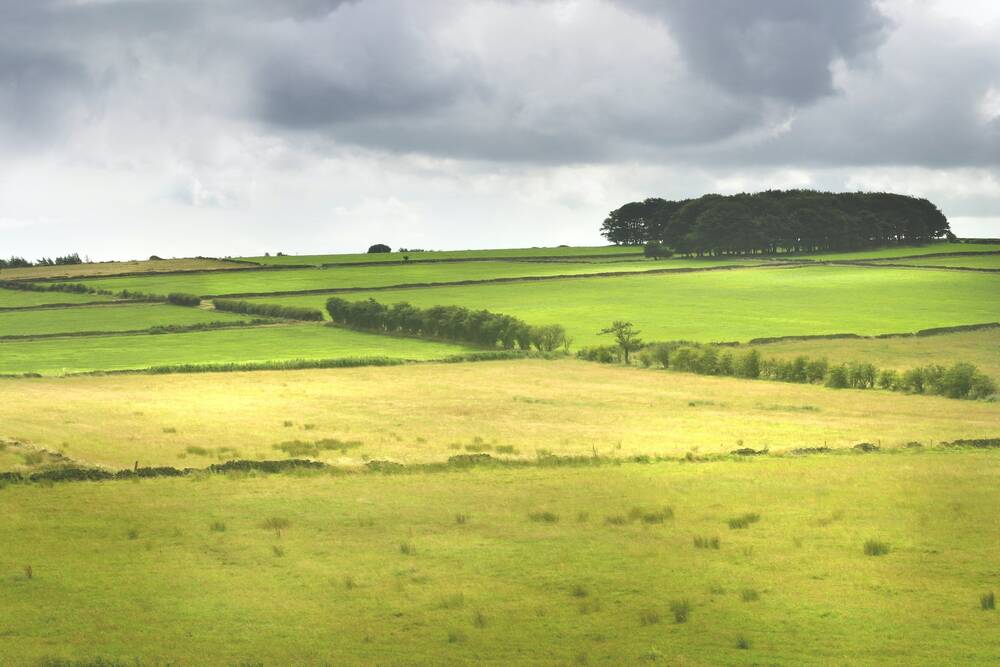
Hedgerows are a type of habitat that are formed by a series of closely spaced shrubs and trees. They are often found in agricultural landscapes, where they provide a valuable windbreak and habitat for a range of bird and insect species.
The origins of hedgerows can be traced back to medieval times, when they were used to mark the boundaries of fields and pastures. Over time, they became a key feature of the rural landscape, providing shelter for livestock and helping to prevent soil erosion.
The structure of a hedgerow is quite different to other habitats, with a densely packed range of different shrub and tree species, creating a beautiful and complex tapestry of foliage. This diversity of plant life provides a rich source of food and shelter for a wide variety of wildlife, including birds, mammals, and insects.
Walking through a hedgerow can be a wonderful experience, with a range of different scents and textures to explore. The fragrance of wildflowers and herbs mingles with the aroma of damp earth and fresh foliage, creating a sensory feast for the senses.
As well as being a valuable habitat for wildlife, hedgerows also play an important role in mitigating climate change. The trees and shrubs that make up a hedgerow absorb carbon dioxide from the atmosphere, helping to reduce greenhouse gas emissions and combat global warming.
Despite their many benefits, hedgerows are under threat from a range of factors, including agricultural intensification, urbanisation, and neglect. Efforts are being made to protect and restore hedgerows, through measures such as planting new hedgerows, managing existing ones, and raising awareness of their importance.
Treelines
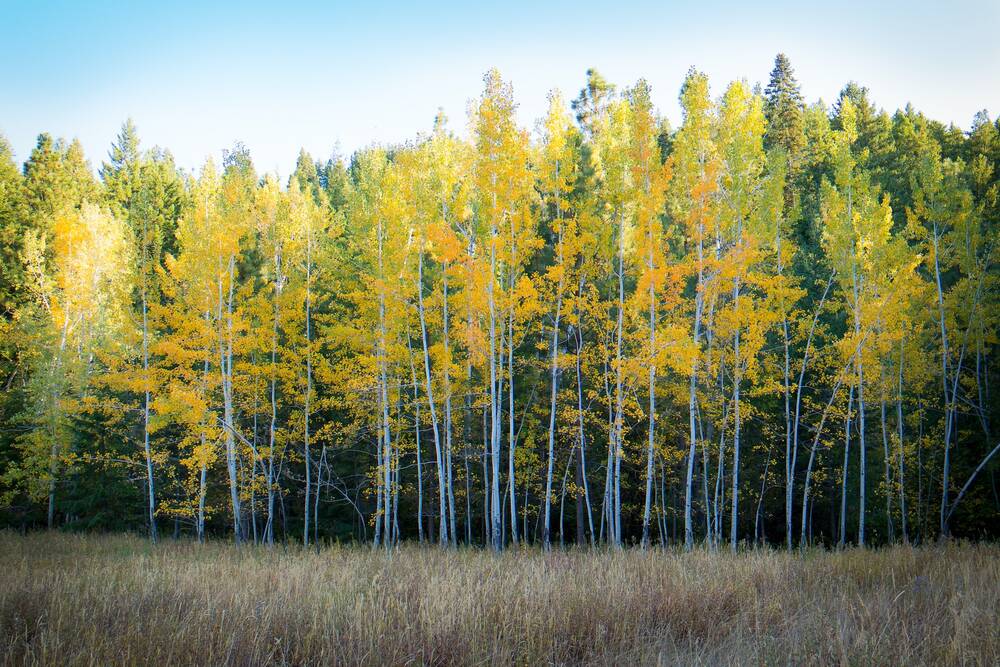
Treelines are areas where trees grow at the edge of their natural range, often in response to colder temperatures or higher altitudes. They are important habitats for a range of different animals, including birds and mammals.
The structure of a treeline is often quite different from other habitats, with a range of different tree species growing together in dense clusters.
Visiting a treeline can be a challenging but rewarding experience, with breathtaking views of the surrounding landscape and the opportunity to observe some of the most unique and interesting plants and animals on the planet.
Scrublands
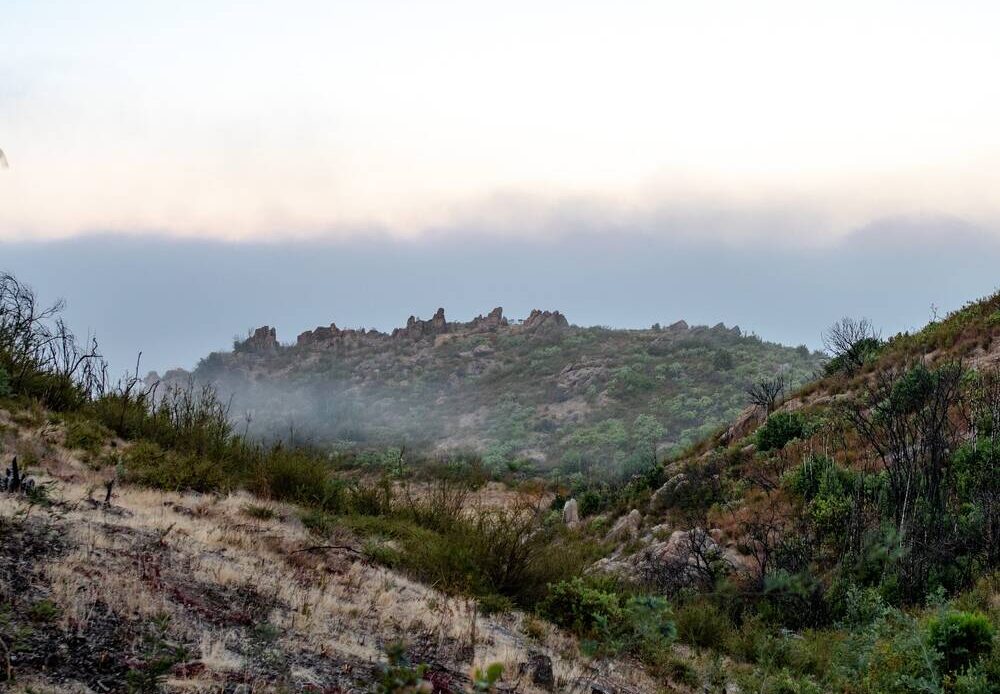
Scrublands are areas defined by the presence of low-growing shrubs and bushes. They are often found in areas with low rainfall and poor soil conditions, where larger trees would struggle to survive. Despite this, they are important habitats for a range of different animals, including birds and small mammals.
The structure of a scrubland is often quite sparse, with a mix of different shrub and bush species growing together in small clusters. However, this can create a unique and beautiful environment that is well worth exploring.
Despite their importance, many scrublands are under threat from urbanisation and agricultural expansion, highlighting the need for conservation efforts to protect these habitats.
Grasslands
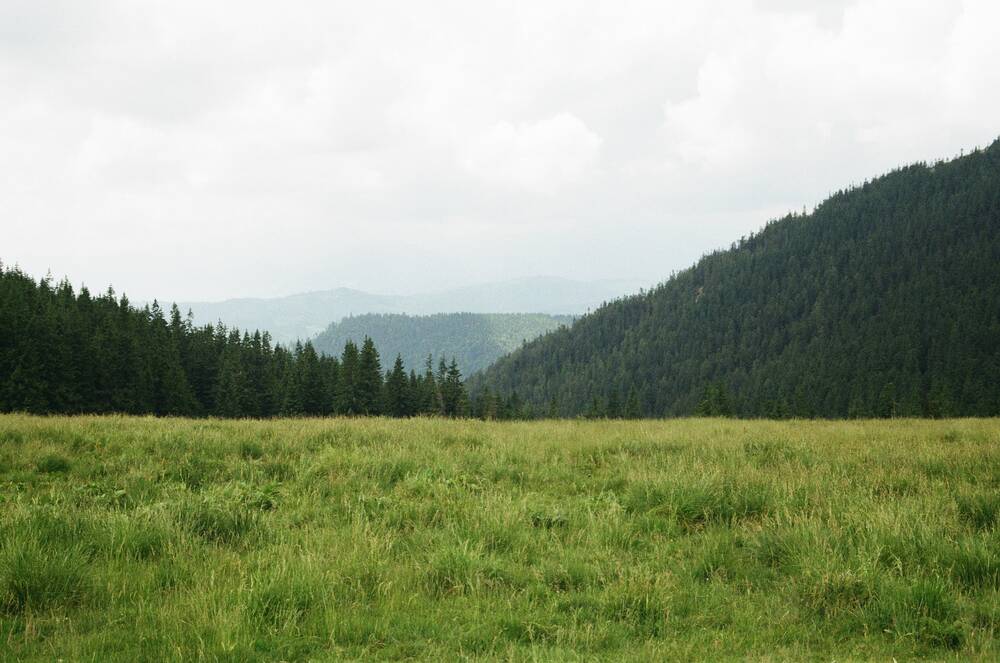
Grasslands are an important habitat that are characterised by the presence of a range of different grass species. They can be found all over the world, with savannahs and prairies being among the most well-known examples.
The structure of a grassland is often quite open, with a relatively flat topography and sparse tree cover. This makes them an ideal habitat for a range of different animals, including grazing mammals and ground-dwelling birds.
The beauty of a grassland lies in its simplicity, with a blanket of green stretching as far as the eye can see.
Habitat Enhancement and Restoration Methods
Invasive Species Control
Invasive species can have significant impacts on native habitats and species, often outcompeting and displacing native organisms. Habitat enhancement and restoration efforts often involve the control of invasive species, using methods such as mechanical removal, herbicides, and biological control techniques.
Erosion Control and Soil Stabilization
Erosion and soil loss can significantly degrade habitat quality, making it difficult for plant and animal species to thrive. Habitat enhancement and restoration efforts may therefore involve erosion control and soil stabilization techniques, such as the use of erosion control mats, plantings, and soil amendments.
Native Plant Reintroduction
Native plant species are often critical components of natural habitats, providing food, shelter, and other essential resources for a variety of other species. Habitat enhancement and restoration efforts may therefore involve the reintroduction of native plant species that have been lost due to habitat destruction or degradation.
In conclusion, habitat creation, enhancement, and restoration all play important roles in the conservation of natural habitats and the species that depend on them. By understanding the differences between these methods and implementing them appropriately, conservationists can work to preserve the biodiversity of the planet and mitigate the impacts of threats such as climate change and habitat loss.

